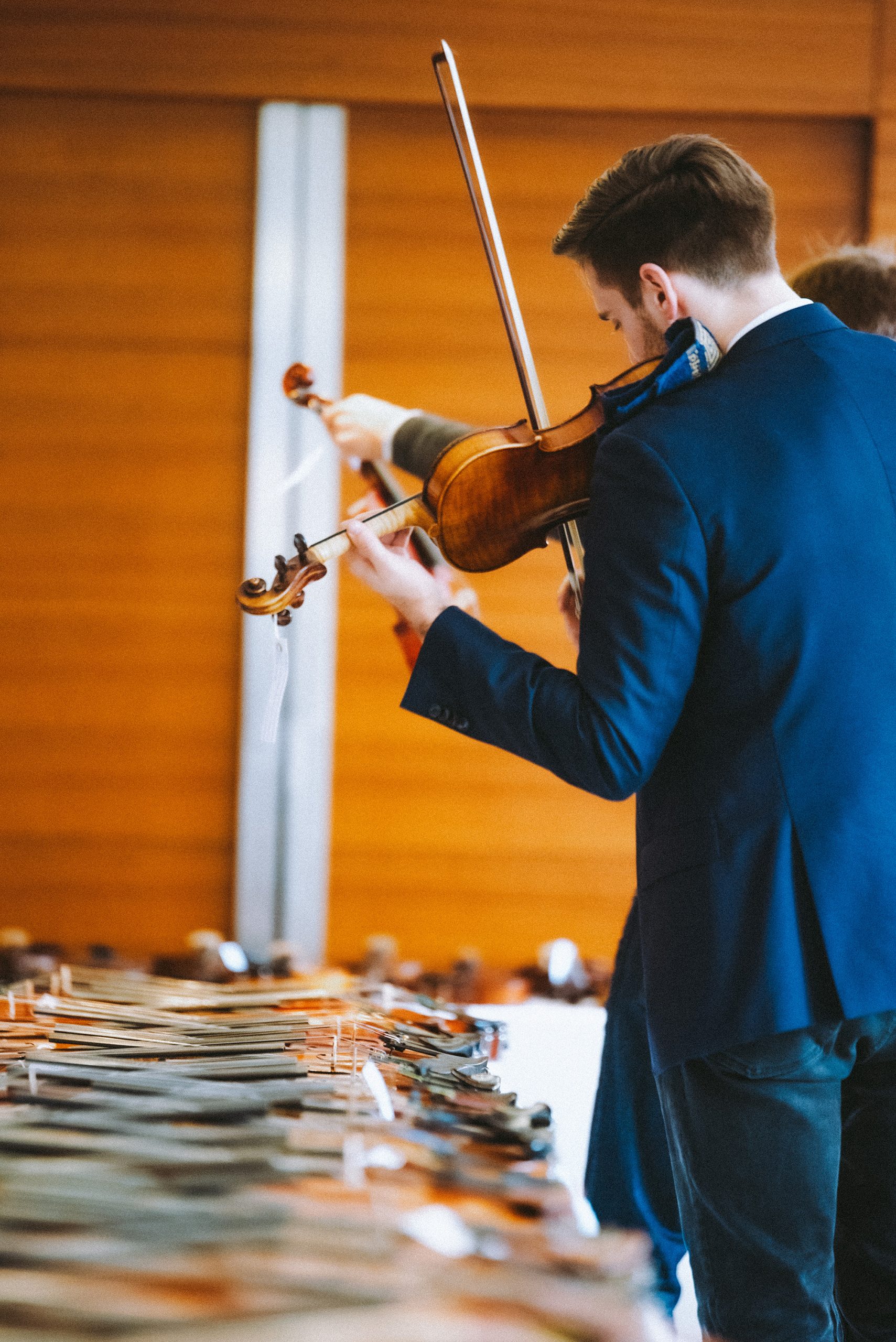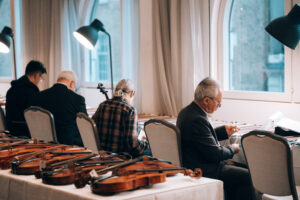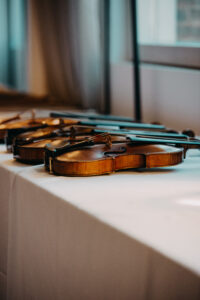Buying a violin for investment

Look at the violin
Its warm varnish, its round curves (are they necessary? Maybe, maybe not, but they’re lovely). Somehow, this small feat of engineering and artistry – spruce shaved to a mere 2 millimetres in some places– has survived migration, wars, rough handling, neglect, the full brunt of hundreds of years of life. The great news is, it has survived!
For the investor, the even better news is that other violins (or cellos, violas, bows…) haven’t. Every time someone trips downstairs and reduces a priceless Strad to matchsticks, the value of the remaining few will nudge up. The ‘Lady Blunt’ Stradivarius made $200,000 at Sotheby’s in 1971; in 2011, it fetched $15.9m.
Violins are not a false market.
There is no OPEC (oil) or De Beers (diamonds), artificially controlling the number of violins on the market. The prices of instruments reflect the current market sentiment and need. Demand is not kept high by a conspiracy of dealers sitting on thousands of Strads and Voirins.
Instruments are, or course, a utility. If you are a musician starting out in the profession, you need an instrument. Musicians will always do their best to buy as good as they can get because it happens to be their livelihood, their competitive advantage, and, sometimes, their pension – not bad for a few pieces of spruce and maple.
This isn’t just true of the top end of the market.
The price of stringed musical instruments has been gently, but steadily rising. A study undertaken by Margolis and Graddy in Economic Inquiry Volume 49 summarised that “Overall real returns for the dataset on repeat sales for the period 1850-2008 have been approximately 3.5%. Real returns to the overall portfolio of individual sales since 1980 have been about 3.3%”. This is based on a dataset of 337 repeat sales of the same violins from the mid-19th century, and over 2500 observations on sales of individual violins at auction since 1980.
An average investment may bring you a return of 3.3%, but – as in most investments – if you choose wisely and take the time to research the market, your chosen maker and the condition of the violin, you can achieve returns much closer to 7% and above.
French bows have seen a significant rise over ten years, Italian instruments, even unlabelled or unattributed, are in constant demand. In this European race, the Germans are doggedly chugging along, while the Brits are performing very respectably in mid-field. Now seems a good time to invest.
But, I hear you ask, what should I do with my new investment? Allow me to clamber atop this soap-box.
In a nation where house prices have risen, on average, by 6.9% per year, and the price at the petrol pump is enough to make your eyes water, musicians are still, somehow, begging and borrowing enough money to buy instruments. Impressive? Yes, but unfortunately, their money doesn’t go so far and they are not buying the quality instruments that can transform their playing. A beautiful instrument sounds – well, beautiful – and your sound is your tool of trade. However hard you practise on it, a Klotz will never sound as good as a Guadagnini.
Make the best of your investment.
Loan it to a hardworking professional, or promising student, or one of the great music colleges. As an added bonus, in these agreements the musician or institution will often foot the yearly insurance bill for you. The sound of a string instrument deteriorates through lack of playing: the sound ‘closes in’, becoming smaller and harsher, unless you frequently pass vibrations through the soundbox, so loaning it out will actually benefit your instrument and your investment. And, of course, you get to experience the warm, quiet glow of the philanthropist.


